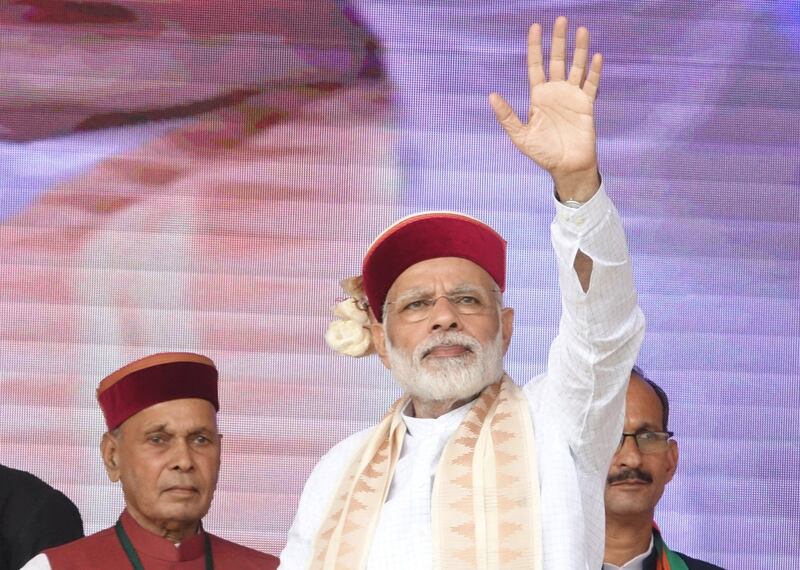The first back-to-back monthly losses since 2015 for India’s bonds are giving bulls fresh reason to add to their positions in what’s one of the world’s fastest-growing major economies.
Aberdeen Standard Investments says it’s “thrilled” to see a pullback in Indian asset prices that provides good value, while Pacific Investment Management (Pimco), which had been reducing its holdings in the country’s debt, is looking to add back. Morgan Stanley Investment Management says it favours rupee bonds, although prefers to hedge its currency exposure.
Concerns over a pick up in inflation and potential increase in public spending that could widen the budget deficit drove the benchmark 10-year yield up 14 basis points last month, the most since April, after it rose six basis points in August. The rupee sank to a six-month low last week. Still, the currency’s total return, including interest income, is the biggest in Asia this past year. The 10-year yield is the highest among major regional markets.
“The excuses given for the selloff are just noise,” Donald Amstad, the Singapore-based director at Aberdeen Standard, said in Dubai. “In fact, we are taking the sell off as an opportunity to further add to positions.”
The bulls might have fresh scope to add to their positions: India’s central bank on Wednesday announced it is going to review, together with the government, the country’s rules on foreign investment in its bonds. The RBI held its benchmark interest rate at a seven-year low of 6 percent.
________________
Read more:
Reliance, Aircel merger talks fall out
Modi unveils $2.5 billion electrification scheme for rural India
India's new tax marks a major turning point
________________
Aberdeen Standard views India as a “turnaround” story, with a strong reform agenda under the leadership of the prime minister Narendra Modi, Mr Amstad said. Indian bonds could prove to be more resilient in times of financial stress and volatility in global markets since the level of foreign ownership of the securities is very low compared with other emerging markets such as Malaysia and Indonesia, he said. That is by design: regulators have caps on overseas holdings.
Pimco, too, is looking to re-enter. A further deterioration in Asian markets will prompt the US firm to add to holdings in the currencies and bonds of not just India but also those of Indonesia, said Roland Mieth, a Singapore-based fund manager for emerging markets.
The asset manager was reducing its overweight positions in the two countries prior to the sell off in September as market prices had run-up, Mr Mieth said. Current-account balances have improved in both countries, and foreign-exchange reserves are at multi-year highs, which give their central banks ammunition to curb extreme market volatility, he said.
“Weak price action versus fundamentals tends to be a good mix for people that have created dry powder throughout the year to potentially look for places to add to that risk,” Mr Mieth said.
Morgan Stanley Investment has a “constructive view” on local-currency bonds in India as a potential high-yielding opportunity with a low beta to global market moves, according to Armando Rosselli, an analyst at the firm’s fixed-income team. The company would still consider “opportunistically” hedging the currency on the expectations that portfolio inflows will slow, he said.
The RBI has been raising the ceiling for foreign ownership in rupee bonds in a staggered manner, opening the door for more money. Limits for investment by so-called Foreign Portfolio Investors in sovereign securities have been increased by 80 billion rupees (Dh4.4bn) for the October to December period.
The optimism around Mr Modi’s economic policies and prospects of improving company profits are proving hard to resist. Foreign investors have bought a net about US$20bn of all Indian debt this year through September, the most after South Korea in emerging Asia where exchange data are available.
“The turnaround in the last couple of years is quite extraordinary, led by prime minister Modi and what we think is a very successful and strong reform agenda,” Mr Amstad said. “There is no better story on the planet today in global fixed-income markets.”





